Optimal Timing for Demolition Services
Determining the optimal time for demolition service depends on various factors including weather conditions, project scope, and local regulations. Planning during favorable weather ensures safety and efficiency, minimizing delays caused by rain, snow, or extreme temperatures. Additionally, coordinating with other construction phases can influence timing, as demolition often precedes new development or renovation projects.
Perform demolition during periods of stable weather to avoid delays and safety hazards caused by rain, snow, or storms.
Align demolition with the start of construction or renovation to ensure a smooth transition between phases.
Schedule demolition when all necessary permits are obtained and local regulations are met to prevent legal issues.
Plan demolition to minimize environmental impact, including waste disposal and site cleanup.
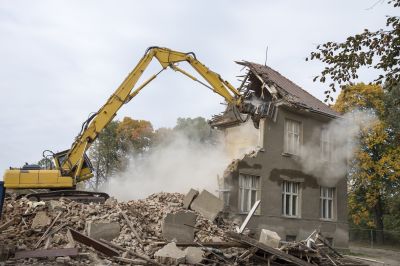
Heavy machinery preparing a site for demolition.
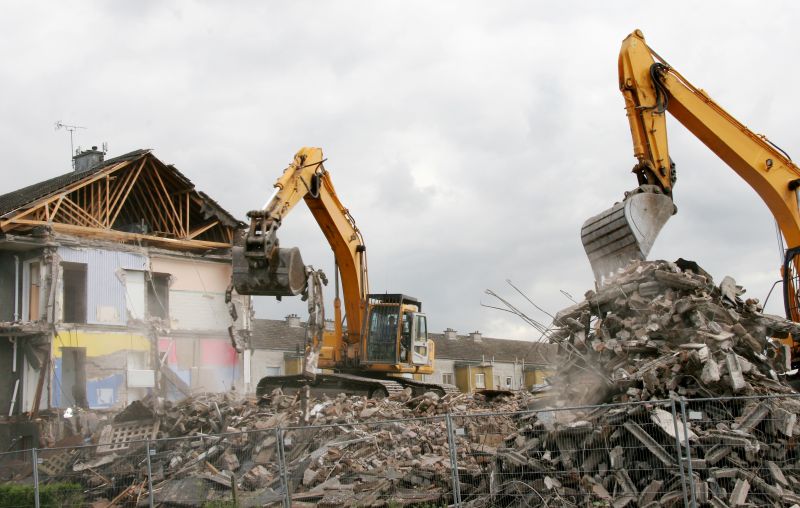
Preparing a building for demolition with safety barriers.
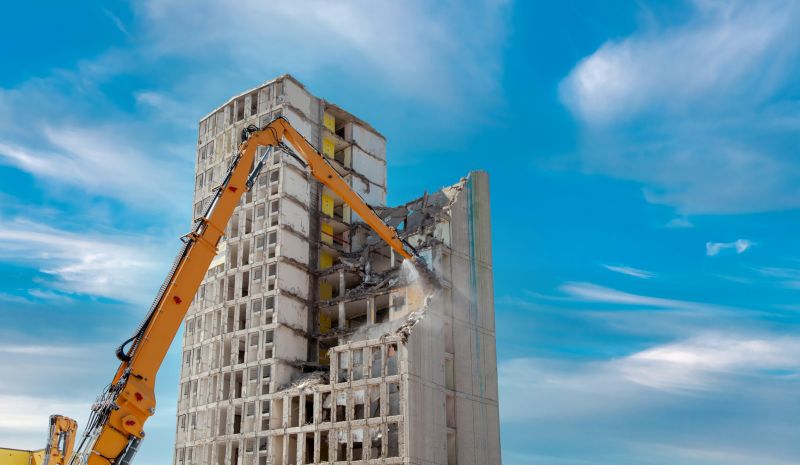
Explosive demolition of a structure.

Ways to make Demolition Service work in tight or awkward layouts.
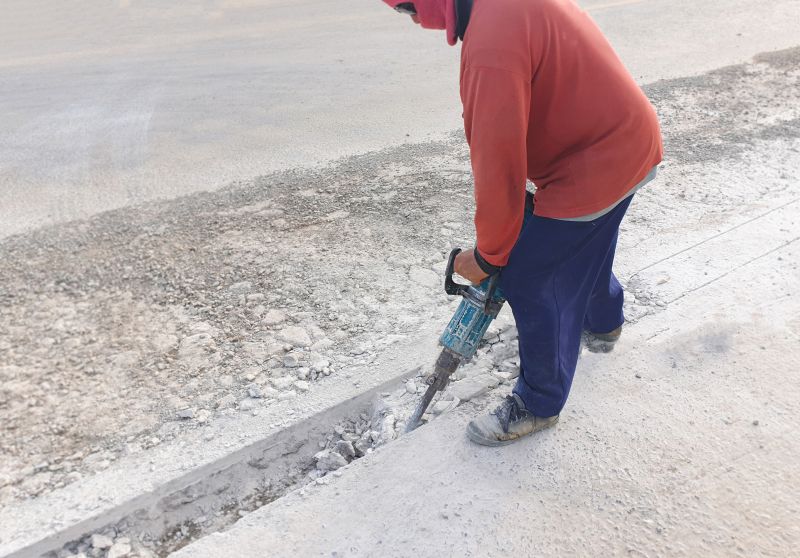
Popular materials for Demolition Service and why they hold up over time.
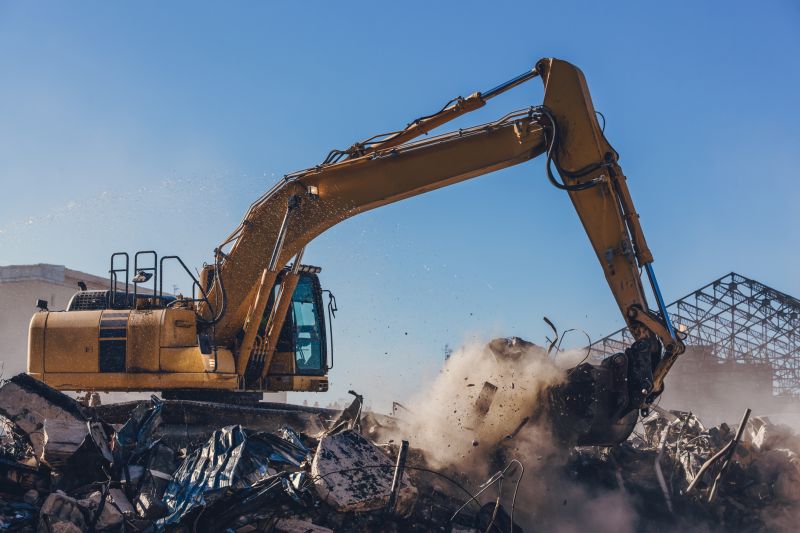
Simple add-ons that improve Demolition Service without blowing the budget.
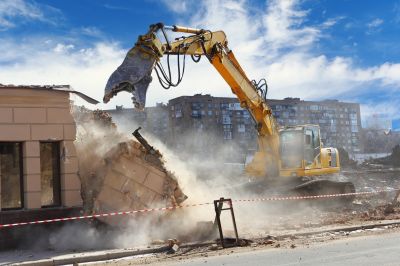
High-end options that actually feel worth it for Demolition Service.

Finishes and colors that play nicely with Demolition Service.
| Factor | Best Timing Considerations |
|---|---|
| Weather | Perform during stable weather conditions to ensure safety and efficiency. |
| Project Phases | Coordinate demolition with other construction activities for seamless progress. |
| Permits | Schedule after obtaining all necessary permits and approvals. |
| Environmental Impact | Plan to minimize waste and site disturbance. |
| Community Impact | Choose times that reduce disruption to local residents. |
| Seasonality | Spring and fall often offer milder weather suitable for demolition. |
| Legal Regulations | Align with local regulations and restrictions. |
| Site Readiness | Ensure site is prepared and hazards are addressed before demolition. |
Demolition services involve the careful dismantling of structures to prepare sites for new development or renovation. The process requires detailed planning, specialized equipment, and adherence to safety standards. Proper timing ensures that demolition is conducted efficiently, safely, and with minimal impact on surrounding areas. Statistics indicate that scheduling demolition during mild weather seasons can reduce project delays by up to 30 percent, emphasizing the importance of timing in project success.
Advanced planning for demolition projects includes evaluating weather forecasts, securing necessary permits, and coordinating with other construction phases. Proper timing not only enhances safety but also optimizes resource utilization, reduces costs, and accelerates project completion. In Wasilla, AK, seasonal considerations such as avoiding winter snow and ice conditions are critical for maintaining operational safety and efficiency.
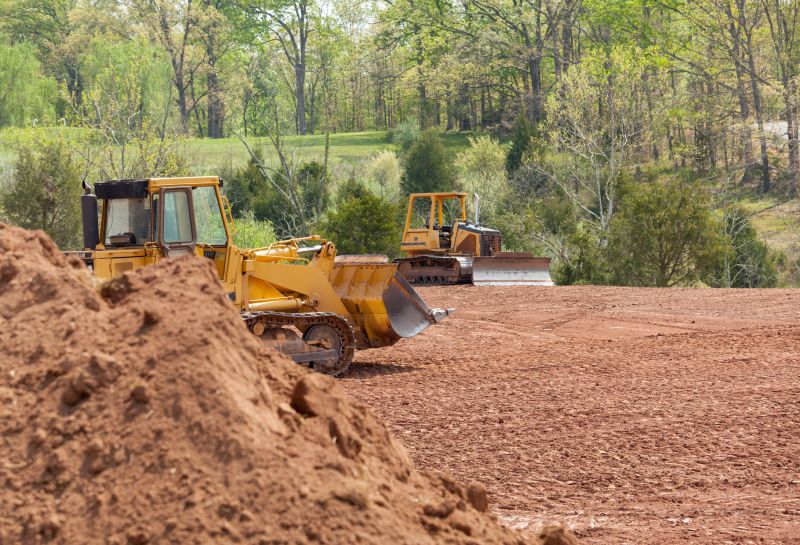
Preparing a building for safe demolition.
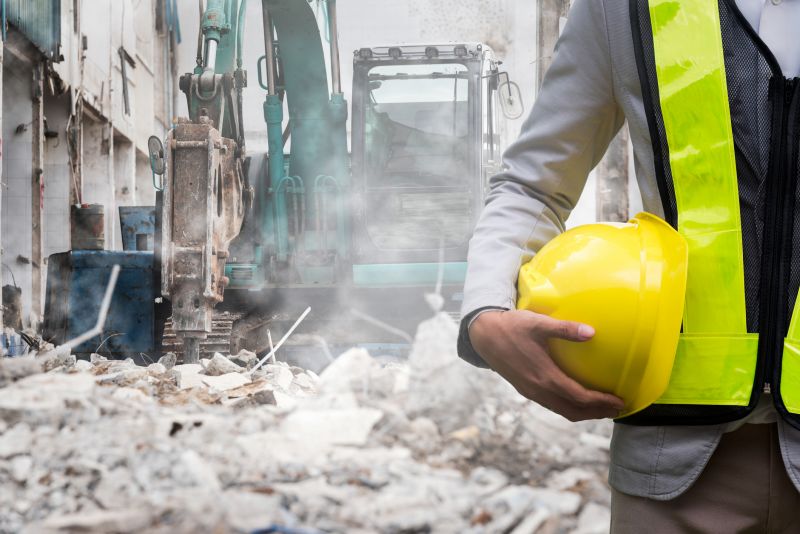
Excavators and wrecking balls in action.
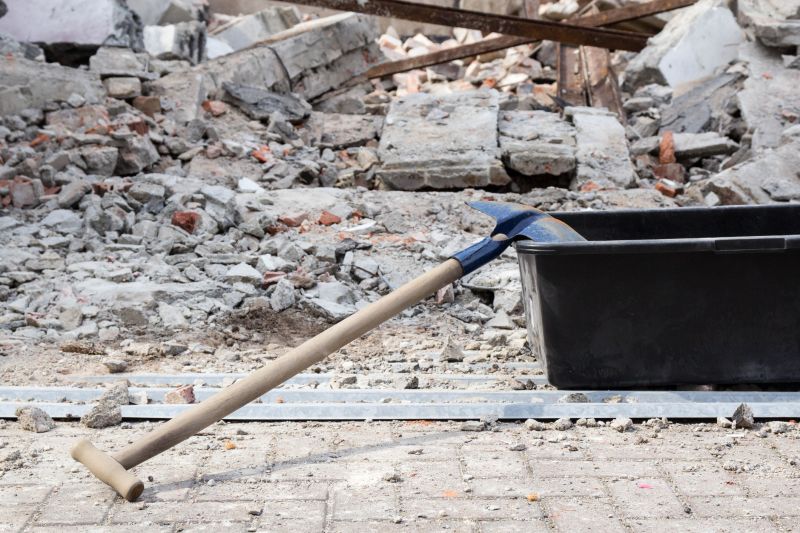
Clearing debris after demolition.
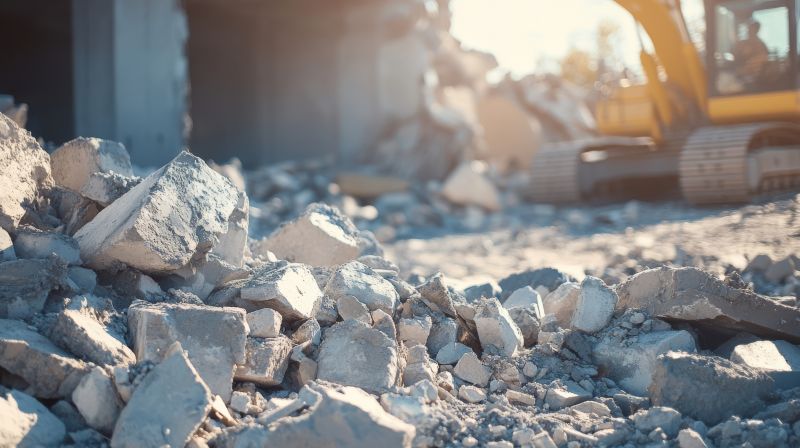
Final cleanup after demolition is complete.
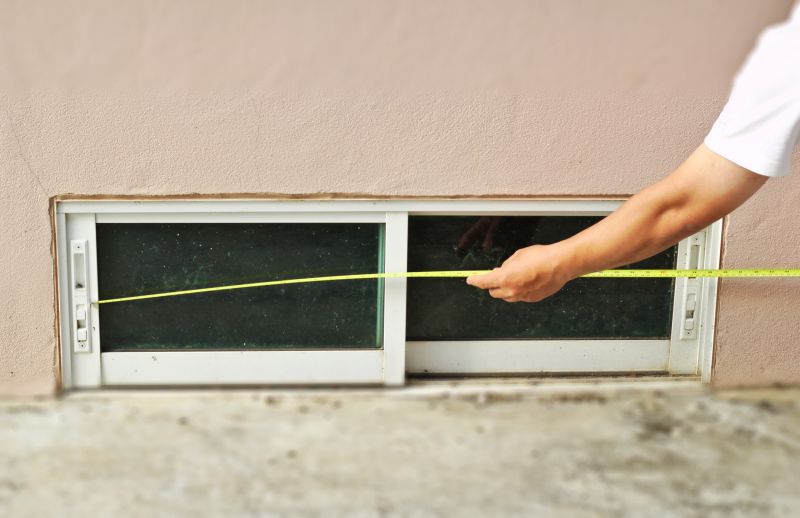
Little measurements that prevent headaches on Demolition Service day.
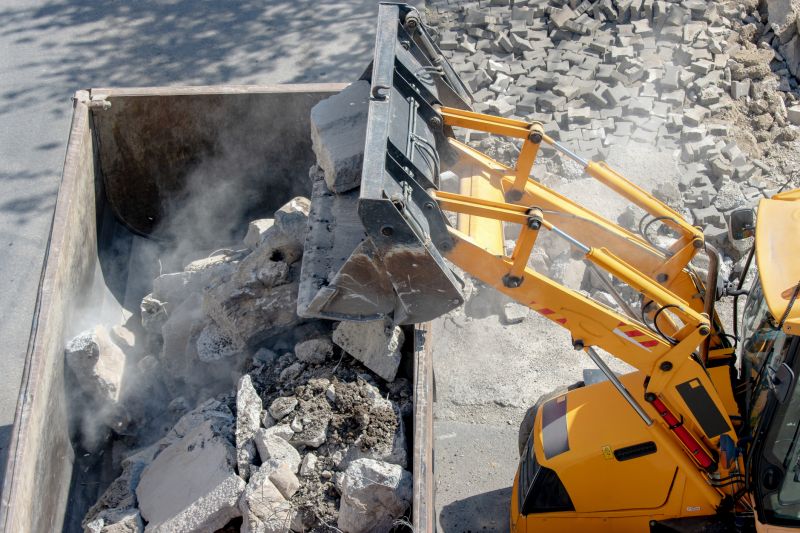
A 60-second routine that keeps Demolition Service looking new.
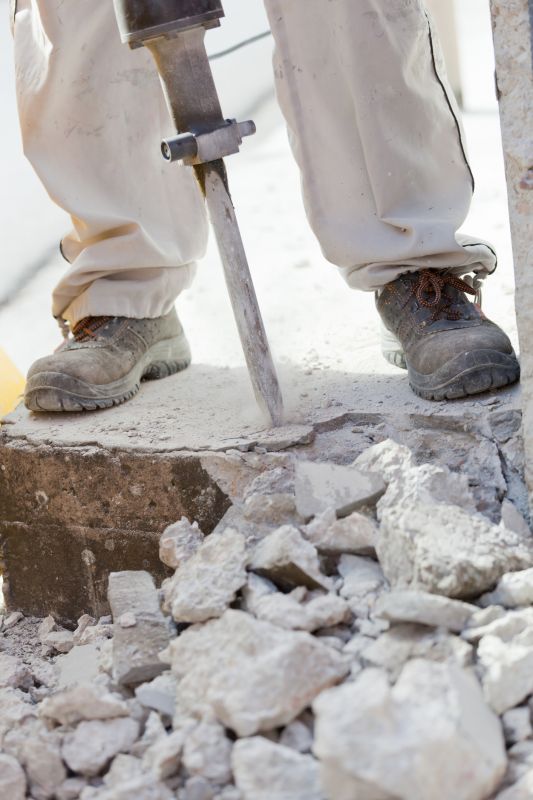
A frequent mistake in Demolition Service and how to dodge it.

Small tweaks to make Demolition Service safer and easier to use.
Interested parties are encouraged to contact for more information or to schedule demolition services. Proper timing and planning are essential for a successful project, ensuring safety, compliance, and efficiency throughout the process.
